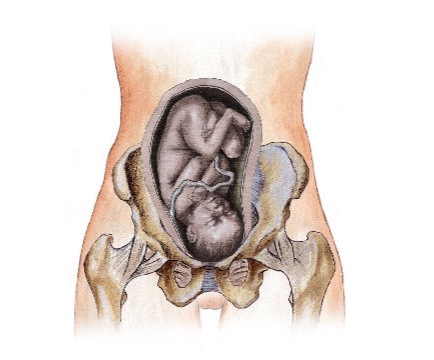While pregnant you probably read every article on the internet on all the gadgets and goodies you need once the baby arrives to make sure you have a baby registry that sets you up for success. The best crib, bassinet or co-sleeper? Check. The best carseat? Check. Information on the best butt paste and breast pumps were readily available. Information on what to expect in those first few weeks? Yeah…not so much. Now that you just had the baby you may find yourself in a whirlwind of emotions asking yourself, “is this normal” and thinking, “nobody told me this was a thing”.
Picture this scene - you are wrapped in a nice and cozy, warm blanket constantly being rocked to sleep with music always playing. That seems pretty freakin’ fantastic, right? Well, not so long ago that is where your baby was at while in the womb. Being rocked back and forth in a pool of amniotic fluid, wrapped in the warmth of your body listening to the sweet sound of your heartbeat. Now that they made their great escape, everything is different. It’s cold, they are no longer wrapped and rocked to sleep and they have this newfound freedom to move while noises and lights are different and really really loud and bright. The only thing that isn’t new is the comfort of you. Of course they want to snuggle up and be next to their protector; you’re the only thing they recognize in this new world! It is not only common but it is normal in those early days for babies to want and need to be held. They are not trying to be spoiled or manipulate you, they are simply seeking the same comforts they had while on the inside—a steady heartbeat, warmth and the gentle sound of your breath.
Just because it’s normal for babies to need to be snuggled, it doesn’t mean it is always easy. I remember those sleepless nights, questioning if I was doing anything right and calling friends before the crack of dawn for support and guidance. The best thing I did was focus on my personal needs (and wants). I focused on breathing, gentle movement, snuggles, and filling my cup emotionally and with quality nutrition.
Lying-in during the co-regulation period can be a huge stress reliever in those early days as it takes away the unrealistic expectations that you “should” be out and about showing off the baby. The baby won’t know if she met Great Aunt Susie Q at 2 days or 2 months, but she will recognize and sense your stress levels if you’re anxious about going out. If you aren’t ready to leave the house, don’t! Lying-in gives you an amazing opportunity to support your needs and desires while also working to build a relationship with the newest member of your family. Skin-to-skin helps keep the baby warmer, stabilizes blood sugar levels and even helps regulate breathing. This can lead to better bonding, less crying, decrease in postpartum depression and maybe even better sleep for both of you (no promises)! With skin-to-skin you may be thinking, but what about visitors? That’s the glorious part about being a new mom, you can say no. For me personally, if you want to visit but don’t want to see me wearing nothing but a tank top or nursing bra, you may want to wait a month or so.
Once in the recovery period, it’s great to continue skin-to-skin and also get up and start moving around more. One way to ease back into your new reality is to take the babe with you. Go out and walk with your baby. She still wants and needs all the snuggles so baby wearing is a great option to allow you to get up and get back to moving.
Last, but certainly not least, it takes a village to raise a child. There is great strength in asking for help. As Doula-Extraordinaire, Jenny Anderson in Bend, Oregon said, “Postpartum is a tricky, cloudy, and confusing time. Connecting with your community, and asking for help from lactation experts, doulas, therapists, doctors, family, and friends is a sign to the world that you recognize your own boundaries and that you are not expected to do all of it alone. You are mama. Not a mama AND a lactation expert AND a doula AND a therapist AND a doctor AND a maid AND a gourmet chef AND … AND … AND ….You are perfect as a mama, with a powerful support system.” I can tell you that raising my daughter through the early days wasn’t easy but it was definitely easier with the help of friends and late-night texts, early morning calls, food delivery, laundry and housecleaning support from my mom and an amazing lactation consultant who came to my house along with my own chiropractor and acupuncturist. The support is around you, it’s just important to ask for what you need.
And mama, you’ve got this! If you are in the area, I’d love to set up a free 15 minute Healthy Mama strategy session call to discuss how we can help you create the postpartum you want.
XOXO- Dr. Lauren



